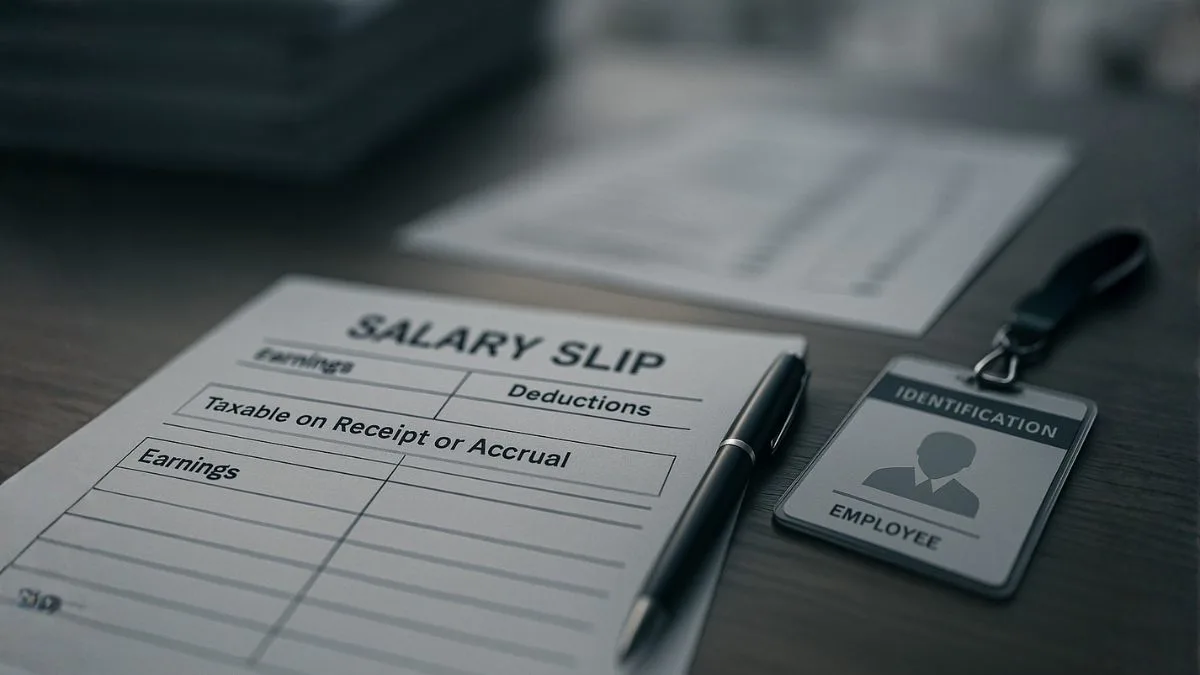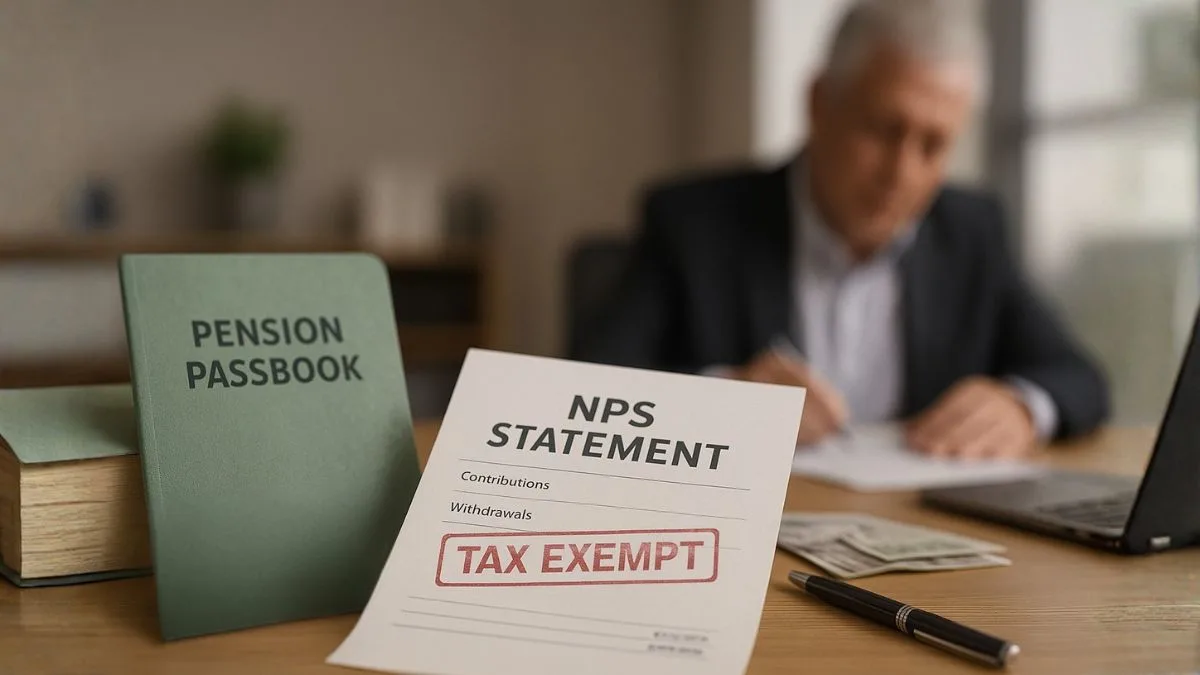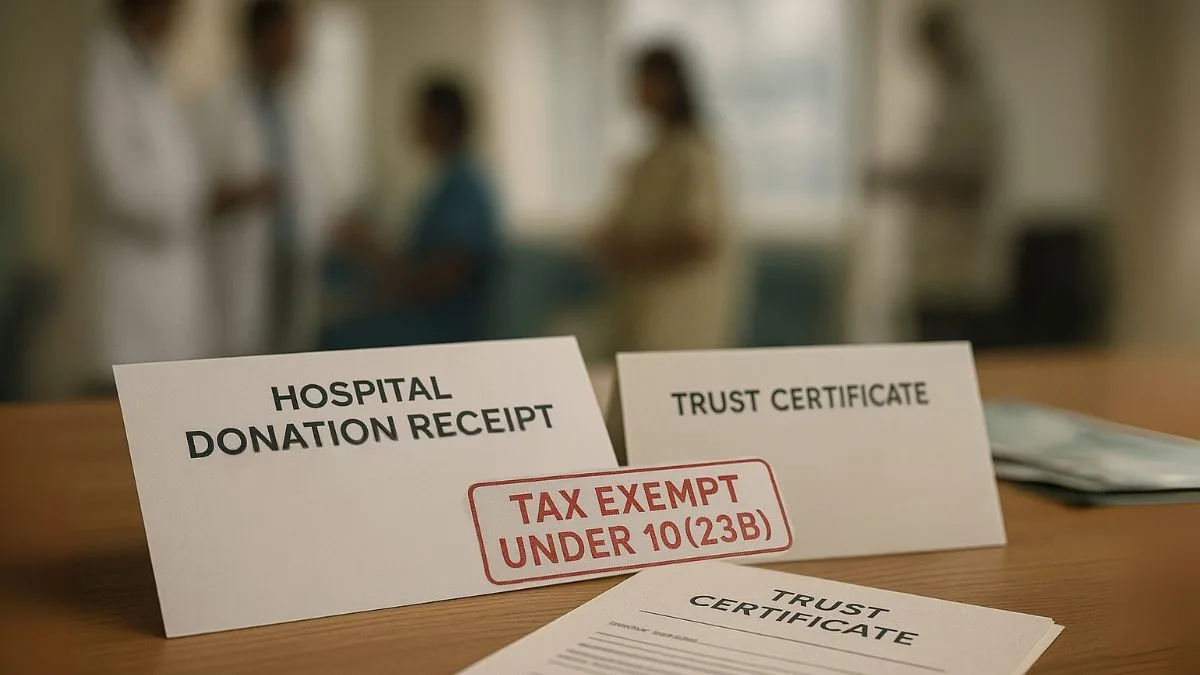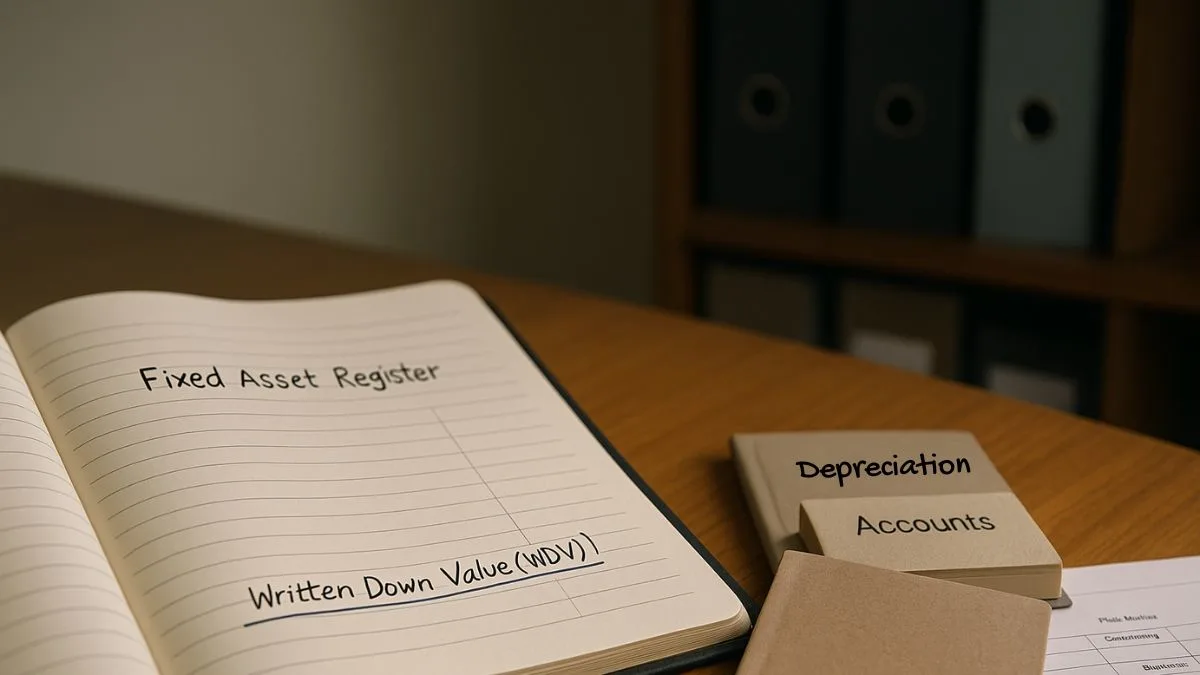
Filing your income tax return (ITR) is not always the end of your tax journey. Sometimes, after submitting your return, you might receive an official communication from the Income Tax Department—called a notice under Section 143 of Income Tax Act.
Don’t worry—it’s not always a reason to panic. Let’s understand what this section is, the different types of notices under it, and what they mean for you as a taxpayer.
What Is Section 143 of Income Tax Act?
Section 143 of the Income Tax Act deals with the assessment of income tax returns filed by taxpayers. Once you submit your ITR, the Income Tax Department has the right to verify it, process it, or even investigate further based on discrepancies or doubts.
This section covers three major types of assessments:
- Section 143(1) – Preliminary assessment or intimation
- Section 143(2) – Notice for scrutiny
- Section 143(3) – Detailed scrutiny assessment
Each serves a different purpose and has different outcomes.
Section 143(1) – Intimation After Return Filing
The most common type of communication is intimation under Section 143(1). It’s sent after your ITR is processed, and it informs you of:
- Tax payable (if any)
- Refund due
- Errors in calculation
- Mismatches between Form 26AS and the return
You’ll usually receive this intimation via email or SMS. It’s an automated process—no human scrutiny involved.
What Should You Do?
- If everything looks fine, No action needed
- If a mismatch is found, You may file a rectification under Section 154
- If the demand is raised, Pay the amount before the deadline
This intimation is usually sent within 9 months from the end of the financial year in which the return was filed.
Section 143(2) – Notice for Scrutiny
This is where things get serious. If your return has been selected for detailed scrutiny by your Assessing Officer, you’ll receive a notice under Section 143(2).
Why does this happen?
- High-value transactions
- Suspicious deductions or exemptions
- Under-reporting of income
- Inconsistencies in Form 26AS or AIS
- Random selection for audit
This notice means that your return will be closely examined, and you need to submit supporting documents to justify your claims.
Section 143(3) – Final Scrutiny Assessment
After going through your documents and hearing your side, the Assessing Officer will make a final decision under Section 143(3).
This could result in:
- No change (return accepted)
- Demand raised (additional tax to be paid)
- Refund approved
A detailed order is issued after the assessment, which may be accepted or appealed depending on the outcome.
Common Searches and Their Meaning
Let’s address the keywords that often come up with this topic:
- Section 143 of the Income Tax Act 1961 – This is the original law section that authorises assessments
- What is Section 143 of the Income Tax Act? It refers to the processing, scrutiny, and finalisation of returns "
- Section 143 of the Income Tax Act in Hindi – Available for regional language reference
- Income Tax Act Section 143 PDF – The Official document can be downloaded from incometax.gov.in
- Income tax intimation u/s 143(1) online – Refers to the e-communication sent after return processing
- Under Section 143 of the Income Tax Act – General reference to all types of assessments
- Section 143(1), Section 143(2), and Section 143(3) – These are the core sub-sections defining your notice type
Time Limits for Section 143 Notices
Here’s what you need to know:
- 143(1) – Issued within 9 months from the end of the financial year in which the return is filed
- 143(2) – Issued within 3 months from the end of 12 months following the assessment year
- 143(3) – Finalised after hearings, usually within 12-24 months from the assessment year end
Missing a deadline to respond can result in a best judgment assessment, which is not in your favour.
What to Do If You Receive a Notice?
- Don’t ignore it—always respond within the time limit
- Log in to the income tax portal and check the reason for the notice
- If it’s under 143(1) – Verify, and file a rectification if required
- If under 143(2) – Prepare to submit documents
- If the notice seems unclear, consult a tax professional "
Real-Life Example
Rohit, a salaried employee, filed his ITR on time. A few months later, he received an intimation under Section 143(1) saying there was a mismatch in his TDS. Upon checking, he realised his employer had wrongly entered his PAN. He submitted Form 26AS and filed a rectification under Section 154, resolving the issue without stress.
Final Thoughts
The Income Tax Act allows the department to verify, question, and reassess returns via Section 143. But it also gives you, the taxpayer, a chance to respond and clarify.
Let’s summarise:
- Section 143 deals with the verification and assessment of ITRs
- Section 143(1) is a simple intimation
- Section 143(2) indicates your return has been selected for detailed scrutiny by your Assessing Officer
- Section 143(3) is the final assessment after examination
- Respond promptly and consult professionals if needed
👉 Confused about your 143 notice? Get expert support at www.callmyca.com.











